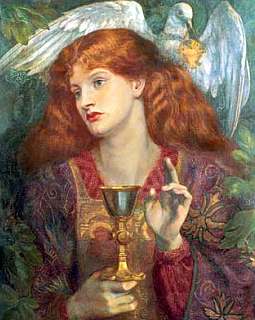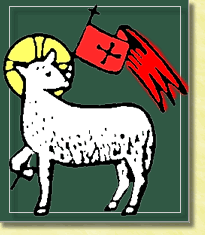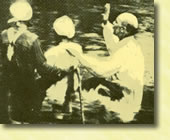 One of the key disagreements in the discussion of women’s ordination concerns the question of how Christians represent or resemble Jesus Christ. This was a key concern in Icons of Christ, my book in favor of women’s ordination.
One of the key disagreements in the discussion of women’s ordination concerns the question of how Christians represent or resemble Jesus Christ. This was a key concern in Icons of Christ, my book in favor of women’s ordination.
Protestant complementarians divide representation of Christ by sex. Males (not only clergy, but males in general) represent Christ by being “in charge,” exercising authority and specifically by exercising authority over women. Ironically, women also represent Christ, but in the opposite way, by submission. Complementarians claim that just as Jesus always obeys and is subordinate to God his Father, so there is a parallel within the ontological Trinity in which the eternal Son is always subordinate to and in submission to the eternal Father. In the same way, women are always subordinate to and in submission to male authority. Because clergy have positions of authority, no woman can be ordained because this would mean that women clergy would exercise authority over male parishioners. So Protestant complementarians divide Christological representation by dividing Christ. Males represent Christ by exercising authority, specifically over women. Women represent Christ by submitting to authority, specifically male authority over women.
The new Catholic argument against women’s ordination hinges not on issues of authority and obedience, but on sacramental representation. A male presbyter/priest represents a male Christ when presiding at the Eucharist. Because Jesus is male, only a male priest can represent a male Christ.
This is the third and last of my responses to Mark Perkins’ review of my book Icons of Christ: A Biblical and Systematic Theology of Women’s Ordination.1 In the previous two essays, I focused first on Perkins’ rhetoric and, second, on his discussion of history and tradition. In this essay, we finally get to Perkins’ positive argument. What does it mean for clergy to represent Jesus Christ, and why may only male clergy do so?






